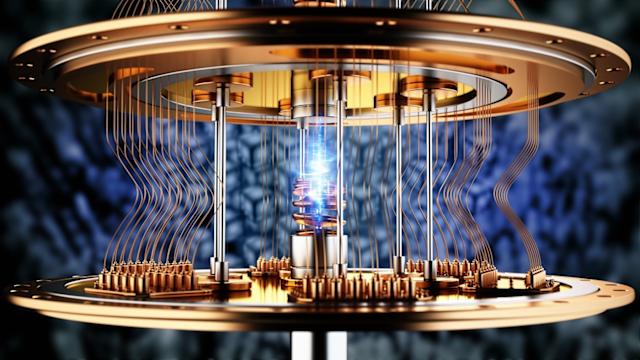Quantum computing is a transformative field at the intersection of computer science, quantum physics, and information theory. It promises to revolutionize how we solve complex problems by harnessing the bizarre and powerful laws of quantum mechanics. Unlike classical computers that operate using bits (0 or 1), quantum computers use quantum bits, or qubits, which can exist in multiple states simultaneously. This characteristic enables quantum computers to process vast amounts of information in ways that were previously inconceivable.
Quantum computing is not merely a faster version of classical computing—it represents an entirely new computational paradigm. Its potential applications span across cryptography, material science, artificial intelligence, logistics, and drug discovery, among others. While still in its developmental stages, quantum computing has already sparked significant interest from academic institutions, tech giants, governments, and startups worldwide.
1. The Basics of Quantum Computing
At the heart of quantum computing lies the qubit. Unlike classical bits that are either 0 or 1, a qubit can be in a superposition of both states. This is a direct result of quantum mechanics, which allows particles to exist in multiple states simultaneously.
Superposition
If a classical bit is like a coin that lands either heads (0) or tails (1), a qubit is like a spinning coin that shows a combination of both until it lands. Mathematically, a qubit can be described as: ∣ψ⟩=α∣0⟩+β∣1⟩|\psi\rangle = \alpha |0\rangle + \beta |1\rangle∣ψ⟩=α∣0⟩+β∣1⟩
where α\alphaα and β\betaβ are complex numbers that represent the probability amplitudes of the qubit being in state |0⟩ or |1⟩, respectively, with ∣α∣2+∣β∣2=1|\alpha|^2 + |\beta|^2 = 1∣α∣2+∣β∣2=1.
Entanglement
Another fundamental concept is quantum entanglement, a phenomenon where qubits become correlated in such a way that the state of one qubit instantly influences the state of another, regardless of the distance between them. This enables quantum computers to perform coordinated operations on multiple qubits, which is critical for powerful parallel processing.
Quantum Interference
Quantum algorithms utilize interference to amplify the probability of correct answers and cancel out incorrect ones. This principle enables certain computations to be significantly more efficient than their classical counterparts.
2. How Quantum Computers Work
Quantum computers use quantum gates to manipulate qubits, much like classical computers use logic gates to manipulate bits. However, quantum gates operate using unitary transformations that preserve quantum superpositions and entanglement.
Some common quantum gates include:
- Hadamard Gate (H): Places a qubit into a superposition.
- Pauli Gates (X, Y, Z): Rotate the qubit’s state around the X, Y, or Z axes.
- CNOT Gate: A two-qubit gate that flips the second qubit if the first is |1⟩.
- Toffoli Gate: A three-qubit gate used in more complex operations.
Quantum algorithms are built by applying a sequence of these gates to an initial state, followed by measurement, which collapses the qubits into classical outcomes.
3. Classical vs. Quantum Computing
The key differences between classical and quantum computers include:
| Feature | Classical Computers | Quantum Computers |
|---|---|---|
| Unit of Information | Bit (0 or 1) | Qubit (superposition) |
| Processing Style | Sequential/Parallel | Massive parallelism |
| Logic Gates | AND, OR, NOT | Quantum gates (unitary) |
| Memory Scaling | Linear | Exponential |
| Entanglement | Not present | Core computational feature |
| Error Handling | Simple | Complex (quantum error correction) |
While classical computers are ideal for most day-to-day tasks, quantum computers are being designed to solve specific problems that are intractable for even the most powerful supercomputers.
4. Quantum Algorithms
Some of the most important quantum algorithms include:
Shor’s Algorithm
Developed by Peter Shor in 1994, this algorithm can factor large integers exponentially faster than the best-known classical algorithms. This threatens classical encryption methods like RSA, which rely on the difficulty of factoring.
Grover’s Algorithm
Developed by Lov Grover in 1996, it provides a quadratic speed-up for unstructured search problems. If a classical computer takes NNN steps to search an unsorted list, Grover’s algorithm can do it in roughly N\sqrt{N}N

